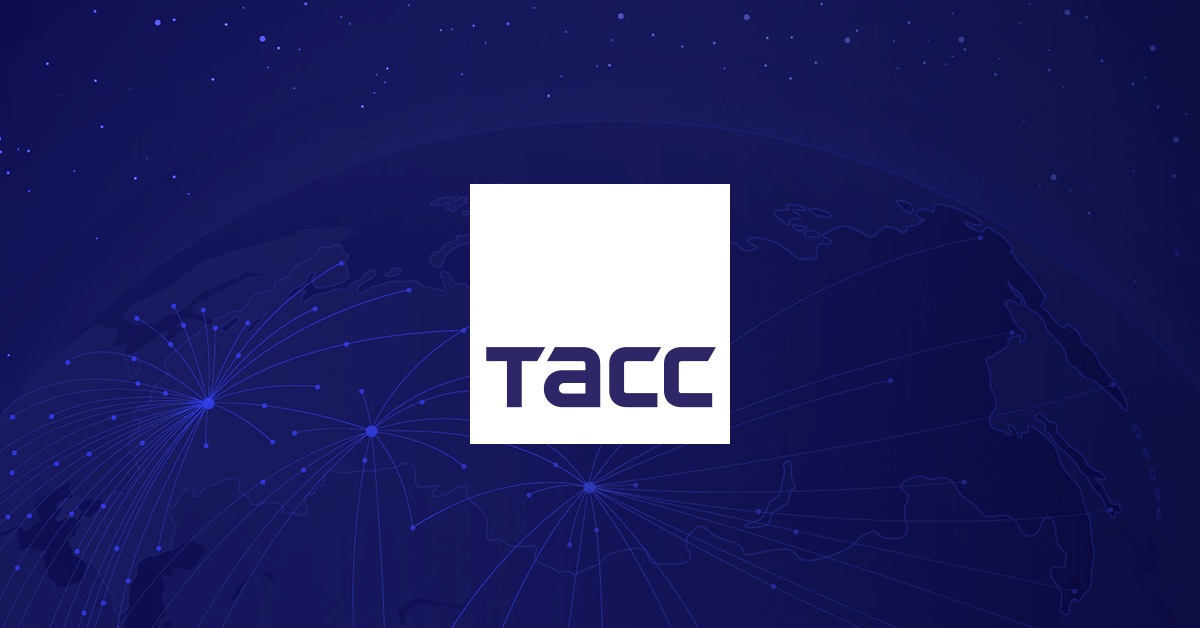Global Oil Market Dynamics: Tensions and Alliances
Recent developments in the global oil market highlight tensions between traditional alliances and emergent market pressures as countries and organizations navigate complex geopolitical landscapes.
Published February 04, 2025 - 00:02am

Image recovered from tass.com
The global oil market finds itself at a critical junction, as geopolitical tensions and strategic maneuvers continue to shape the landscape of crude oil production and distribution. Central to this evolution are the actions and reactions of major players such as the United States, OPEC+, Russia, and Saudi Arabia, each seeking to secure their stake and influence within this volatile arena.
In Moscow, Russia's Deputy Prime Minister Alexander Novak has expressed his disapproval of the United States' attempts, under its new administration, to engage with strategies perceived as undermining established oil market agreements. Novak articulated these concerns during an OPEC+ meeting, emphasizing the importance of adhering to the established OPEC+ framework. He further criticized any effort to disrupt the market by artificially reducing oil prices, which he considers a threat to the competitive balance of the global oilscape.
Furthering these complexities, the OPEC+ ministerial monitoring committee has reaffirmed its stance on maintaining existing oil production levels. This decision aligns with the declaration made in December 2024, extending the production adjustment agreements until the end of 2026. Members of the OPEC+ alliance have been commended for their high compliance levels, which underscore a concerted effort to maintain market stability even in the face of fluctuating demands and external pressures. The steadfast commitment by major oil-producing states, such as Kazakhstan and Iraq, to voluntary production cuts has further reinforced this stability.
Amidst these affirmations, the United States' call for reduced oil prices presents a contentious point in international dialogues. President Donald Trump has openly requested that OPEC, led by countries like Saudi Arabia, take steps to reduce oil prices as a measure he argues could contribute to geopolitical resolutions, such as the ongoing Russian-Ukrainian conflict. This call has been met with resistance not only from Russia but also within the broader scope of OPEC+, highlighting the intricacies involved in balancing national interests with global market needs.
The role of secondary data sources in the assessment and compliance of oil production has also garnered attention. OPEC's decision to replace Rystad Energy and the U.S. Energy Information Administration with companies like Kpler and OilX represents a strategic shift in how production data is sourced and evaluated. This change underscores a broader narrative of vigilance and adaptability within OPEC's approach to market management amidst external influences and internal challenges.
Complicating the scenario further, projections by the International Energy Agency suggest potential supply surpluses by 2025, even as OPEC+ remains firm on current production quotas. This period of potential oversupply may coincide with significant geopolitical shifts and economic realignments, necessitating adaptive strategies by OPEC+ members keen on maintaining market equilibrium.
As the landscape continues to evolve, attention now turns to future OPEC+ meetings where critical assessments and strategic adaptations will be pivotal in navigating the expected challenges. The next such meeting is scheduled for April 2025, at which time clarity regarding production conformity and potential adjustments will likely emerge, offering a glimpse into the ongoing efforts to align national ambitions with collective economic goals within the oil market.






